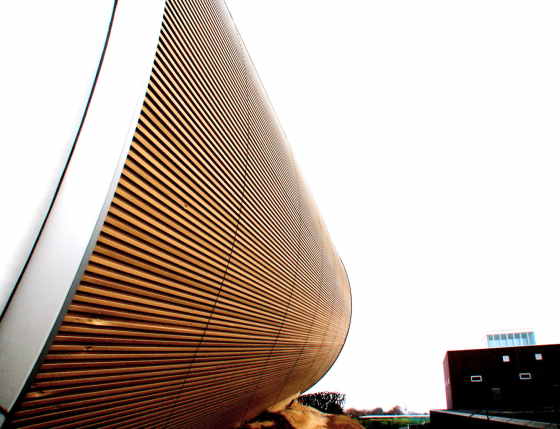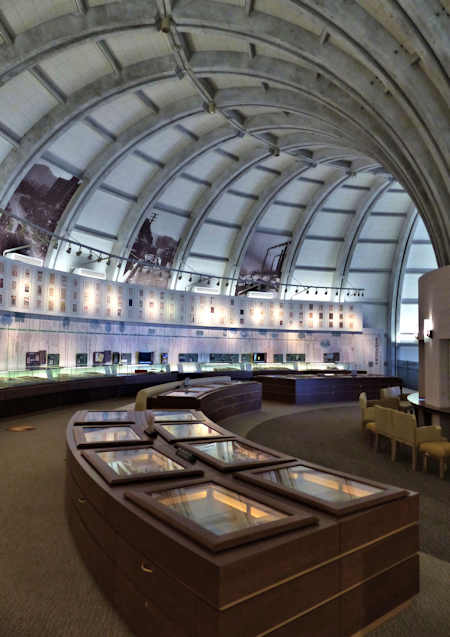Tuesday 25th November 2014 and I begin day 22 of my walk along the Chugoku Kannon Pilgrimage with a visit to Jyoeiji Temple in Yamaguchi City.
Jyoeiji is home to what is considered the greatest garden by Sesshu, so much so that it is simply called The Sesshu Garden.
Sesshu (1420-1506) was a famous Zen monk known mostly as a painter although he was also a garden designer.
Known for creating a distinctly Japanese style of ink-wash painting, his garden are less well known, primarily I think because the majority of the ones that survive are off the beaten tourist track in Yanaguchi, Shimane, and Oita.
I mentioned in an earlier post on the gardens at
Komyozenji Temple in Dazaifu that the modern garden designer Mirei Shigemori was one of the initial inspirations for my interest in Japanese gardens, and the second major inspiration was the gardens of Sesshu.
As a young monk he did study in Kyoto for a while, and a very small garden attributed to him still survives there, but he spent most of his life outside of Kyoto.
The garden at Jyoeiji was designed and built for Ouchi Masanori. The Ouchi were a powerful family who ruled over Suo Province and were involved in the Onin War.
The Onin War, 1467 to 1477, laid waste to Kyoto and is considered the beginning of the long Warring States Period.
Ouchi Masanori established Yamaguchi as haven of art and culture during this time, including inviting Sesshu.
The garden was built at Masahiro's villa, some ways from his main palace.
Later he established a temple on the site, and centuries later when the Mori Clan ruled the area they transferred Jyoeiji Temple here.
The front part of the garden is grassy with many stone arrangements.
Behind it is a large pond with numerous features.
It is a stroll-type garden with a path going around. At a high point is a gazebo overlooking the pond.
The west side of the garden is planted with bamboo and maple.
One of the main features is a large "dry waterfall" stone arrangement.
The pond features a Turtle Island, a Crane island, a boat stone, and a carp stone in front of the dry waterfall.
As well as the Sesshu Garden, the temple also has two karesansui gardens including one designed by Mirei Shigemori.
In this post I have concentrated on the autumn colours, but in later posts I will cover the karesansui gardens, the Sesshu garden in more detail, and some of the artwork and statuary at the temple.































































